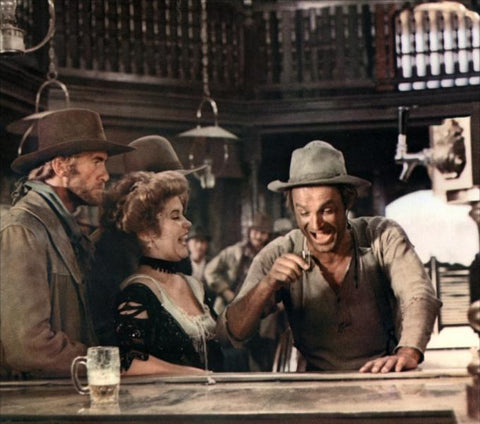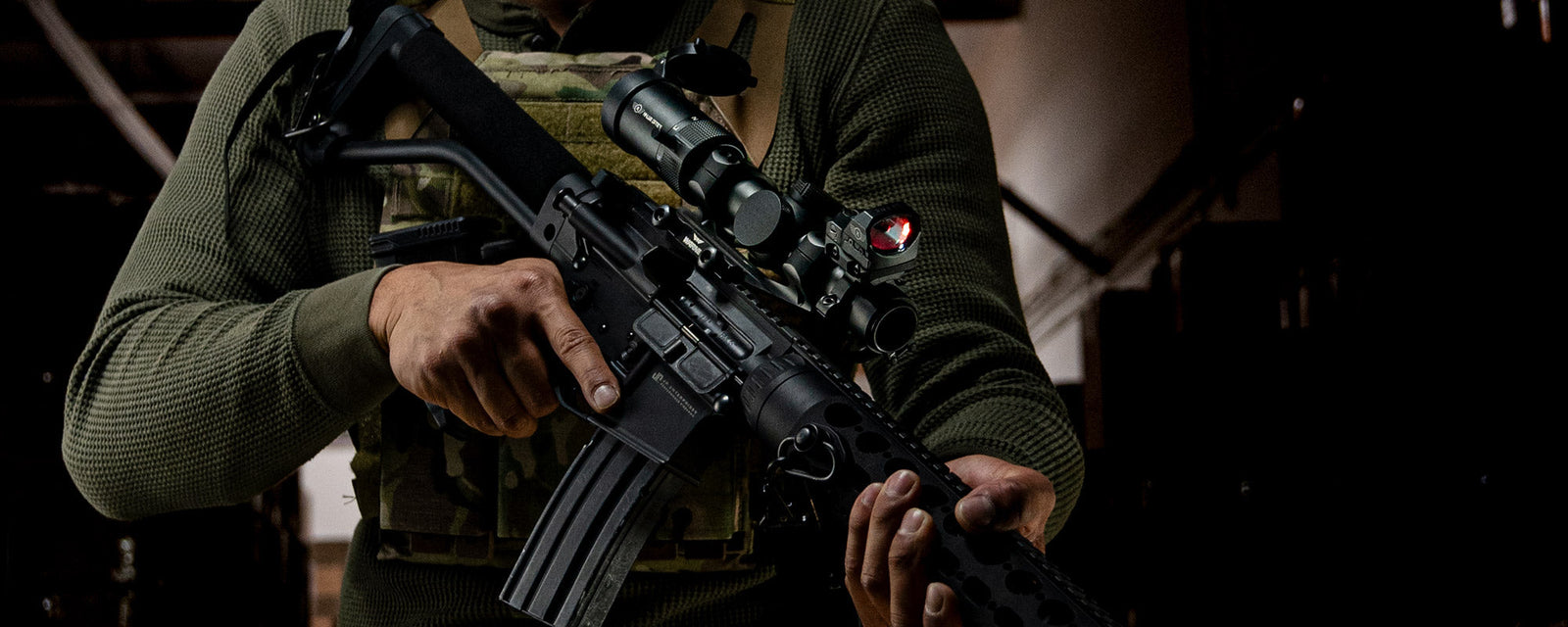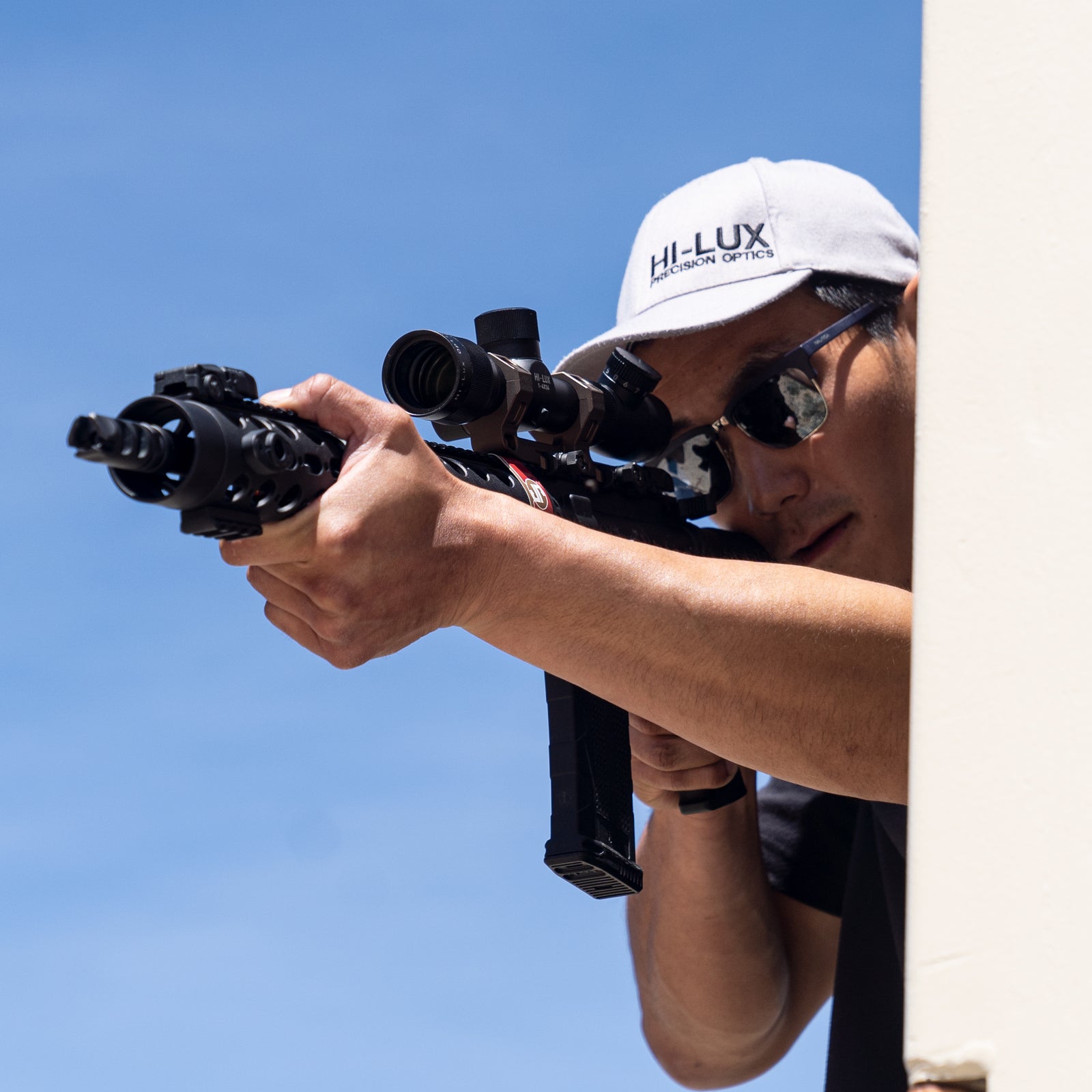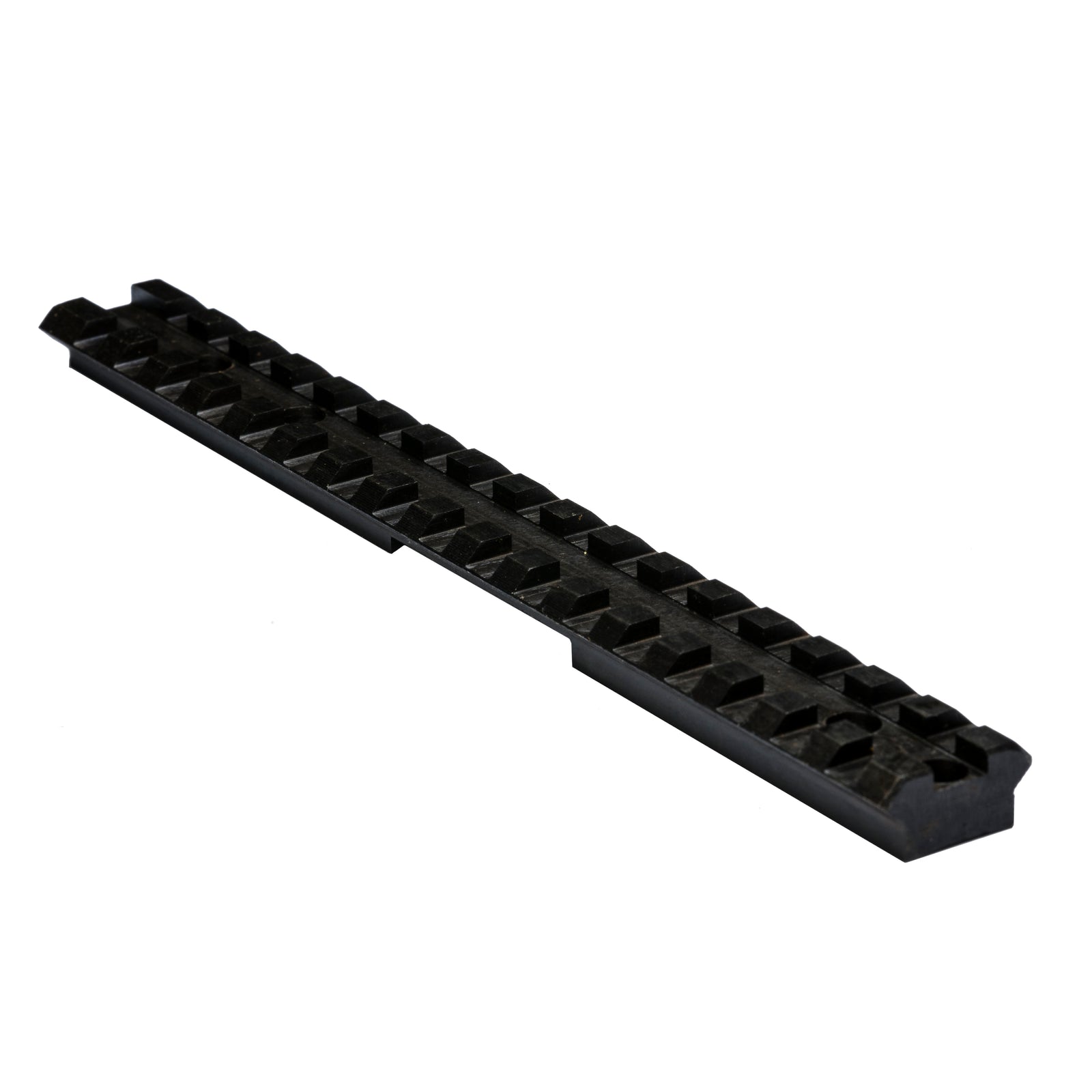
To set the stage, let’s step back more than 150 years to the year 1865. The stage is the town square in Springfield, Missouri. The parties involved are Wild Bill Hickok, then a scout for the Union Army, and Davis Tutt, a local gambler and Confederate Army veteran. I’ll skip over much of their shared history, including Tutt’s sister and Hickok, Hickok’s girlfriend and Tutt, Tutt’s payments and coaching to local gamblers to combat Hickok at cards, and so forth. Eventually, their tale comes to a head when Tutt takes Hickok’s sentimental gold pocket watch as collateral for a gambling debt. After yet more humiliation, Hickok got wind that Tutt would be wearing the watch in the middle of the town square, to humiliate Hickok further.
Hickok indeed felt quite humiliated. He had cleaned and loaded his six-shooters the previous night, anticipating a confrontation. At 10am, Tutt appeared at the square with the watch in hand. The two gentlemen squared up against each other… and negotiated. Hickok really wanted his watch back, but wouldn’t pay the new, higher price. The two men went out for a drink together, and Tutt later left.

Finally, at 6pm, Tutt returned to the square with the pocket watch. Hickok approached with his Colt Navy in hand. He cocked it, holstered it, and warned Tutt not to cross the square with the watch. Tutt did not cross the square, but did get his hand ready on his own handgun. After a moment’s hesitation, they drew. Hickok supported his barrel on his opposite forearm. Finally, they both fired at nearly the same moment.
At a distance of 75 yards, even modern handguns might face some trouble with accuracy. The distance likely saved Hickok. Tutt, however, took a bullet between the ribs. He cried out, “Boys, I’m killed,” then ran to the porch of the local courthouse, and then back out into the street. It was there that he collapsed and died. After a three day trial for manslaughter, Hickok was acquitted under the unwritten law of “fair fight.” Several weeks later, a writer from Harper’s would seek out Hickok to turn his tale into legend. It would have just been news, except that Hickok was not fond of the reporter and facts had to be made up to fill in the narrative.
What you have just heard was one of the few true duels in Wild West history. At a distance of 75 yards, the two men each fired a single shot under the eyes of four witnesses.

While Hollywood and the occasional novel have made much of the duel at high noon, we forget that pioneers in the old West were every bit as fond of life as we are today. They would not have been keen on standing ten paces away and firing from the hip. The best bet, when possible, was to talk. Some rather unscrupulous persons might try an ambush, to which the best response was a shotgun and some cover. Others would stay far away, using a rifle. Shootouts with revolvers did occur, but were typically spur of the moment. People would run for cover. They’d shoot around corners or over the top of a rock. They’d do everything in their power to not be 20 feet of open ground away from someone trying to shoot them.
Even more surprising, a quick hip shot was not as significant as you’d expect. Developing that skill takes time and ammunition. Ammunition that, even by today’s standards, would be expensive.

One old adage had a “shot” of alcohol worth a shot for your firearm. That would currently put each round at 5 to 10 dollars, or more if you want to get fancy. In truth, 1000 pre-packed cartridges cost anywhere from a week’s worth of wages (for .22 long) to more than a month’s (for rifles). The average cowboy earned around a dollar per day. A 1000-round box of .38 long cost 18 dollars. Most firearm owners did not have the spare cash or inclination to waste months of wages in perfecting a hip fire maneuver. Instead, they would practice drawing quickly and aiming purposefully.
I’m sorry to say that the tall tales and cinematic moments are largely just that. While I can’t say that the Wild West was the rootinest tootinest place for a duellist, I can share a couple other notable duels.
In the Long Branch Saloon of Dodge City, Kansas, a long-standing argument between Frank Loving and Levi Richardson would come to a head. Frank had married the owner of the bar not long before. He claimed that Levi was making advances on his wife. The two would occasionally argue over this, at one point developing into a fist fight. Finally, in 1879, Levi was ready to finish the matter. He stormed into the bar, hoping to find Frank. Frank wasn’t present, so Levi settled down to play poker. At 9pm, Frank finally strolled in and the two sat down at a table across from each other. Quite soon, both stood up shouting. Levi drew first, so Frank drew as well. Levi fired five times, while Frank fired six. From the meagre distance of a table-width, Levi was hit across the chest, side, and arm. Frank, meanwhile, received a minor graze on the back of one hand. Frank was arrested almost immediately, and released a couple of days later under a ruling of self defense. He was 19 years old at the time.
On a night in 1887, a saloon owner named Luke Short and a former sheriff named Jim Courtright were feeling quite unfriendly towards each other. Jim was demanding protection money from Luke, a racket he employed across town to great success. Luke was rather unhappy at being asked to pay. The two argued while walking through town. Jim, prone to anger, suddenly reached for the pistols in his pockets. At a distance of three or four feet, Luke managed to draw and fire even quicker. He shot Jim five times, one of which jammed Jim’s revolver. Luke Short escaped unscathed, and had his manslaughter charge later dismissed.

In the words of Wyatt Earp, “The most important lesson I learned was the winner of gunplay usually was the one who took his time. The second was that, if I hoped to live on the frontier, I would shun flashy trick-shooting as I would poison. I did not know a really proficient gunfighter who had anything but contempt for the gun-fanner, or the man who literally shot from the hip.”
We hope you’ve enjoyed this look into the firearm world. If you’d like to view this in a different format, it’s available in other convenient locations. If you’d like to hear the podcast, you can find it at Anchor.fm. For the video version, take a peek on our YouTube (link below). Don’t hesitate to drop by our Instagram for more photos, at @leatherwoodoptics. And you can find our entire collection of articles on our website at the Hi-Lux Blog.
To check out other history around the Wild West, take a peek at:





Leave a comment (all fields required)